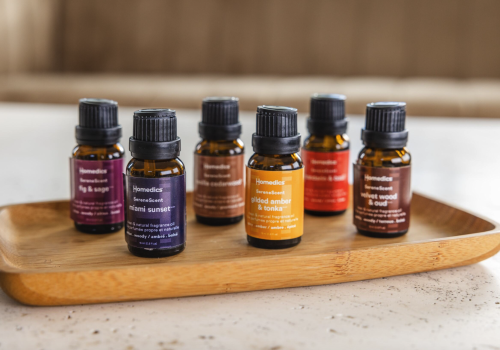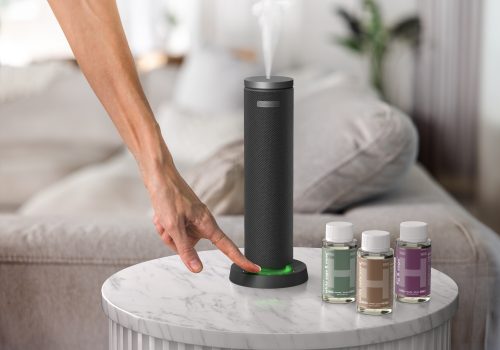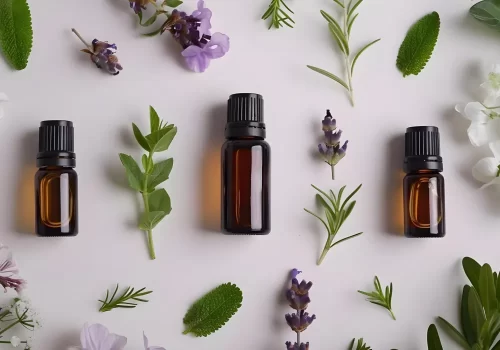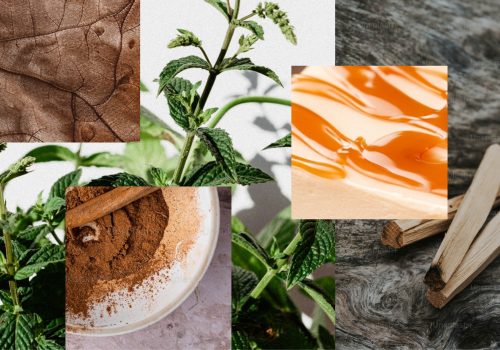Ozone FAQs
Can I use any type of water?
Ozone Clean works with all normal tap water. It won’t work with distilled or certain types of purified waters. The ozone generator needs the minerals and dissolved particles that are found in tap water to generate ozone. If it flashes red during a generation cycle, the most common problem is water that’s too pure for use.
What do you mean “no residue”?
The chemistry is pretty simple (don’t worry, it actually is). You start with water, which is H2O. The Ozone Clean generator pulls the O from H2O, forming it into O3 (ozone). Ozone is considered an unstable molecule. It doesn’t like to remain in the O3 format and wants to return to either O2 (air) or H2O (water) as fast as possible. When you spray Ozone Clean onto a surface, the ozone water starts a reaction (this reaction is how germs are killed) where it almost immediately begins returning to water and air, which is the only residue you are left with.
Is there anything I can’t spray aqueous ozone on?
You can spray Ozone Clean onto any surface that isn’t adversely affected by water. As an example, you can spray it onto almost any countertop, but you wouldn’t want to spray it onto your cell phone unless it’s waterproof. It won’t damage wood, as long as the excess water is wiped off after cleaning. It shouldn’t have any adverse effect on most household fabrics, couches, bedding, concrete, metals, or granite/stone surfaces.
I notice a smell when I spray. Is that the ozone I’m smelling?
Yes! Ozone has a distinct, refreshing smell that dissipates after a few seconds. Most people will recognize that smell from lightning storms, when ozone is produced naturally in the air.
What’s the difference between ozone and some of the other salt-based cleaners in market?
Aqueous ozone is a completely natural way to clean. It is made from water (H2O), and nothing but water. Once ozone has been sprayed onto a surface, it begins the natural reaction of returning to water and air. Other salt cleaners leave a residue that’s composed of hypochlorous acid and sodium hydroxide.
I’m skeptical. How can “just water” clean as well as chlorine and chemical cleaners?
We were skeptical as well. It seems like magic, taking water and making it a powerful sanitizer and cleaner. Before we ever designed a product, we started with a prototype and sent it to a lab. They tested the ozone water and its ability to kill E.coli. The first test results were a powerful validation that this technology works. Since then, we’ve continued to run third-party tests in labs (over 10 unique tests and counting!), where the scientists use water from Ozone Clean to test against bacteria and viruses.
Why has this just now come to market?
Ozone has been used in commercial and industrial applications for decades. Many municipalities use ozone to clean city water supplies. Hospitals use the gaseous form to sanitize rooms before or after surgery. Large cleaning companies will often use ozone generators to remove smoke fumes and smell from fire-damaged homes. The technology has been around and accepted for many years, but the cost was always very high. There’s nothing new about Ozone Clean technology. What is new is how we’ve made it accessible to everyday consumers.
How long will this product last?
We designed this product to last for many years of daily use. There’s no need to replace the generator after a certain number of uses. If you have any problems with the product, contact our Support team.
Does it actually replace all the chemical cleaners we have under the sink?
Aqueous ozone is a powerful cleaner, sanitizer, and deodorizer. For most users, it can replace the harsh chemical cleaner that you use during everyday cleaning. Many consumers may choose to keep some harsher cleaners stored away for use on the occasional tougher projects, where specialized cleaners might be better suited for the job. For example, while you can certainly use Ozone Clean to clean out an oven, it won’t replace specialized oven cleaners that are designed to remove caked-on grease and grime.
I’ve heard that ozone is dangerous to breathe. Is that true?
Ozone, in its gaseous form, should not be breathed by humans. Ozone Clean creates aqueous ozone, not gaseous ozone. With Ozone Clean, the O3 is immersed in water, not the air. When it’s sprayed onto a surface, the reaction turns it back into normal O2 and H2O. The slight off-gassing of O3 that’s part of the ozone generation process is well below the FDA’s recommendation of .05 PPM.
Can I put essential oils or other additives into the sprayer?
Please don’t put essential oils or other additives into the sprayer. They will damage the ozone generator and cause the product to malfunction. The only exception to this is adding a small amount of natural lemon juice (not lemon essential oil). Lemon juice will add a fresh, citrus scent to the aqueous ozone and will not damage the ozone generator.
What is the ozone concentration?
The concentration can vary, depending on water quality and how it is operated. The device will generally produce over 1PPM with average water and normal operation, but can produce up to 2PPM if the variables are good for a higher concentration. For example, filling the device to the 2-minute line and running it for 4 minutes will over-concentrate the water for a higher PPM value.
Can ozonated water harm surface or object metals or other areas of my home?
The ozone concentration is not high enough to be of concern for most metals. It takes a relatively low PPM (parts per million) to oxidize germ cell walls, but a relatively high PPM to oxidize metals. The Ozone Clean concentration was designed to kill germs, but not affect most common household surfaces, including most metals. Like with most household cleaners, if there are objects of concern, we recommend testing on a small area of a surface before applying to the rest of the area.
Is it really nontoxic?
Aqueous ozone is completely nontoxic with no harsh chemicals, additives, fragrances, or dyes. When you spray Ozone Clean onto a surface, the ozone water starts a reaction (this reaction is how germs are killed) where it almost immediately begins returning to water and air, which is the only residue you are left with. Only water and air! It doesn’t get more natural than that! Check out our official MSDS which breaks down the safety of Ozone Clean.
Medical Disclaimer: This content is provided for informational purposes only and not intended to be a substitute for professional medical advice, diagnosis or treatment.





